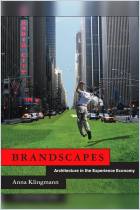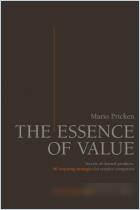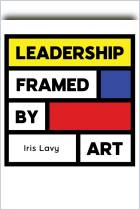
The $12 Million Stuffed Shark
The Curious Economics of Contemporary Art
Reproduced with permission of Palgrave Macmillan.
ISBN: 9780230610224
Pages: 272
Read or listen offline
Amazon KindleRecommendation
When it comes to contemporary art, many observers simply scratch their heads and mumble, “You call that art?” Intriguing, disturbing, exhilarating and obscene, contemporary art is hard to understand. In fact, when you consider pieces like the titular $12 million stuffed shark by Damien Hirst, it is often downright baffling. If you’re looking for artistic explanations and interpretations, though, Don Thompson doesn’t offer much help. That’s not his particular domain. Thompson, an economics and marketing professor, zeroes in on the financial inner-workings of the art world (at least, the pre-2009 recession art world). Curious why certain pieces sell for millions, he delved into the peculiar personalities that inhabit this controversial genre. getAbstract applauds his lively exploration of a fascinating topic that few economists would even ponder.
Summary
About the Author
Don Thompson teaches marketing and economics in the M.B.A. program at the Schulich School of Business at York University in Toronto.


















Comment on this summary or Diskussion beginnen